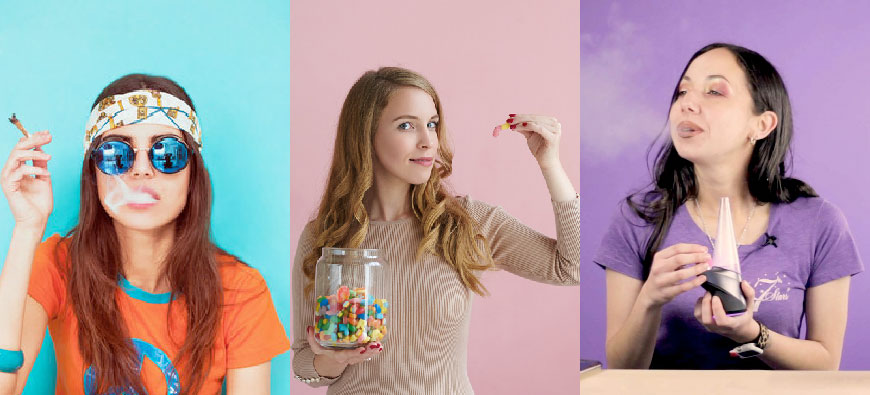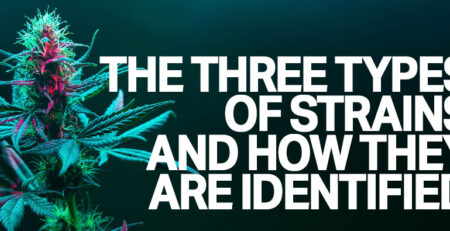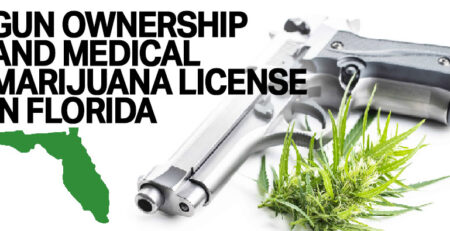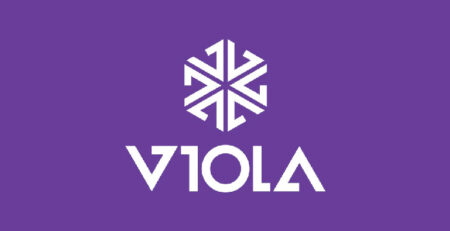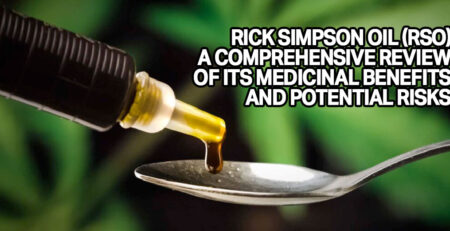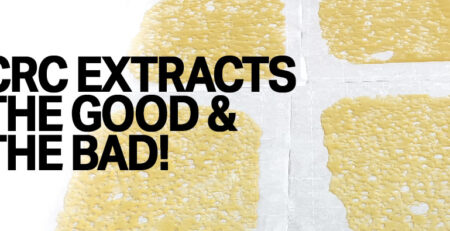Smoking, Eating, and Dabbing Cannabis: Understanding the Differences
Introduction: Cannabis consumption has been on the rise in recent years due to its potential therapeutic properties. However, there are different ways to consume cannabis, and each method has its own benefits and risks. In this blog post, we will discuss the differences between smoking, eating, and dabbing cannabis, and the potential effects of each method.
Smoking Cannabis: Smoking cannabis is the most traditional and popular method of consumption. This method involves rolling the cannabis into a joint or using a pipe, bong, or vaporizer. The smoke produced from burning cannabis contains THC, the psychoactive component of cannabis, and other cannabinoids such as CBD. Smoking cannabis provides quick effects, as the smoke is absorbed into the bloodstream through the lungs. However, smoking cannabis can also have negative effects on the lungs, such as coughing, wheezing, and respiratory infections (National Institute on Drug Abuse).
Eating Cannabis: Eating cannabis, also known as edibles, is another method of consumption. Edibles are made by infusing cannabis into food products, such as brownies, gummies, and chocolates. When eaten, the cannabis is metabolized in the liver, producing a different type of THC called 11-hydroxy-THC, which can have stronger and longer-lasting effects than smoking. However, the effects of edibles can take longer to set in, usually 30 minutes to an hour, and can last for several hours (Huestis et al.). It is important to start with a low dose and be patient when consuming edibles to avoid overconsumption and potential adverse effects.
Dabbing Cannabis: Dabbing cannabis is a newer method of consumption that involves using a dab rig to vaporize a concentrated form of cannabis, known as dab or wax. Dabs are made using a solvent, such as butane, to extract THC and other cannabinoids from the cannabis plant. Dabbing provides a quick and intense high, as the vapor is inhaled and absorbed through the lungs. However, dabbing also has potential risks, as the high concentration of THC can cause adverse effects, such as anxiety, paranoia, and hallucinations (National Institute on Drug Abuse). Additionally, the extraction process can be dangerous if not done properly, as solvents are flammable and can cause explosions.
Conclusion: Smoking, eating, and dabbing cannabis are different methods of consumption that offer their own benefits and risks. Smoking provides quick effects but can have negative effects on the lungs. Eating provides stronger and longer-lasting effects but can take longer to set in. Dabbing provides a quick and intense high but can also have potential risks. It is important to understand the differences between these methods and choose the one that best fits your needs and preferences.
References: Huestis, Marilyn A., et al. “Cannabis Edibles: Blood and Oral Fluid Cannabinoid Pharmacokinetics and Pharmacodynamics.” Clinical Chemistry, vol. 63, no. 12, 2017, pp. 236-247. doi: 10.1373/clinchem.2016.268698.
National Institute on Drug Abuse. “Marijuana.” NIDA, 2022, https://www.drugabuse.gov/drug-topics/marijuana. Accessed 1 March 2023.

